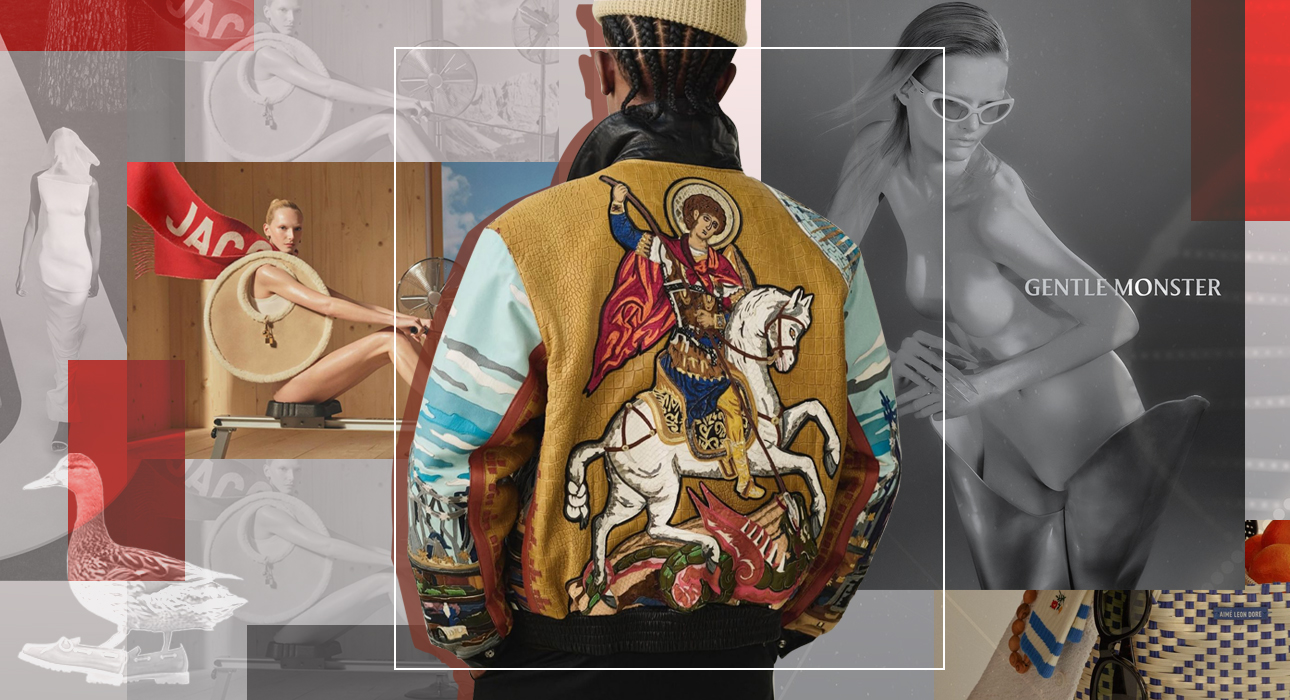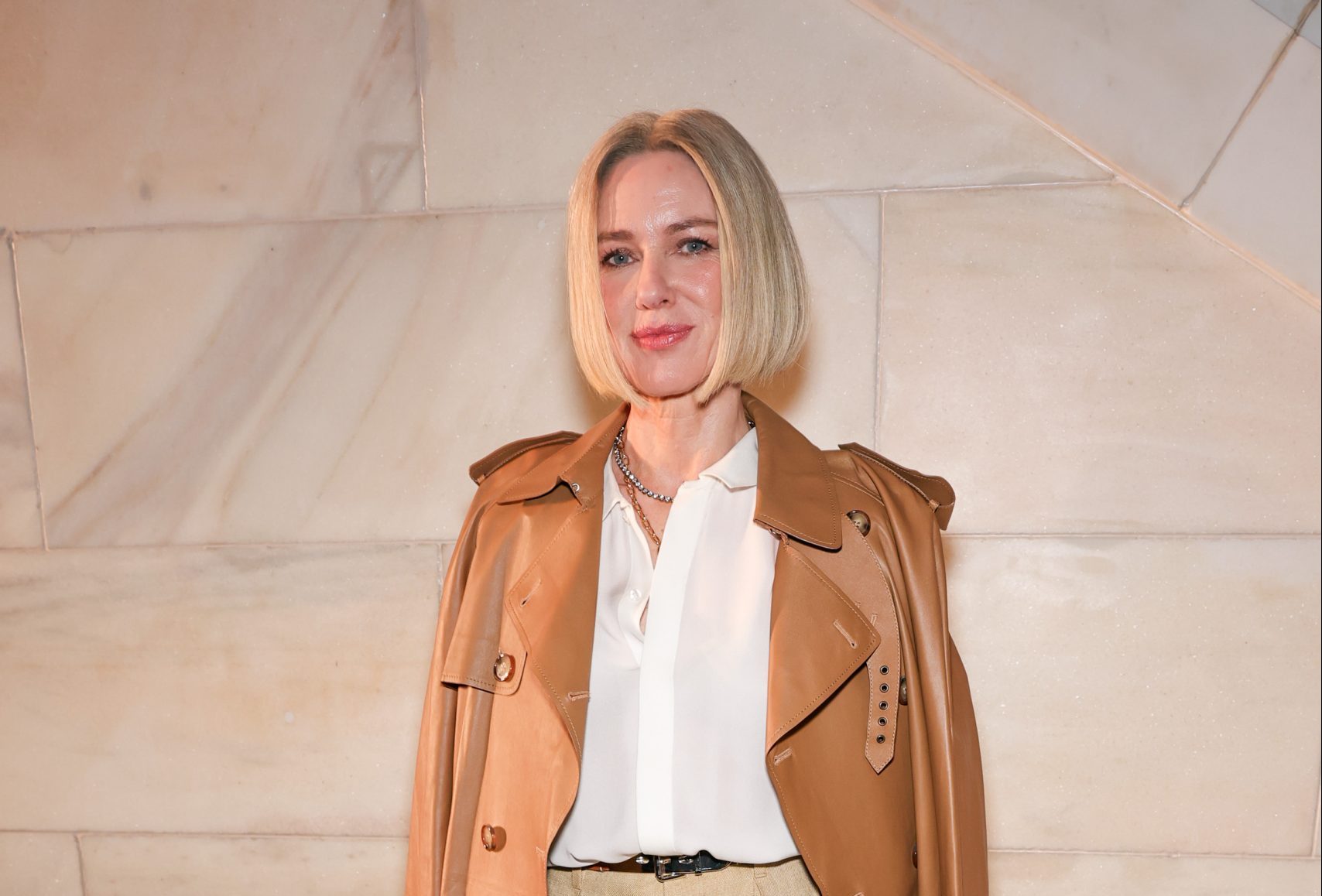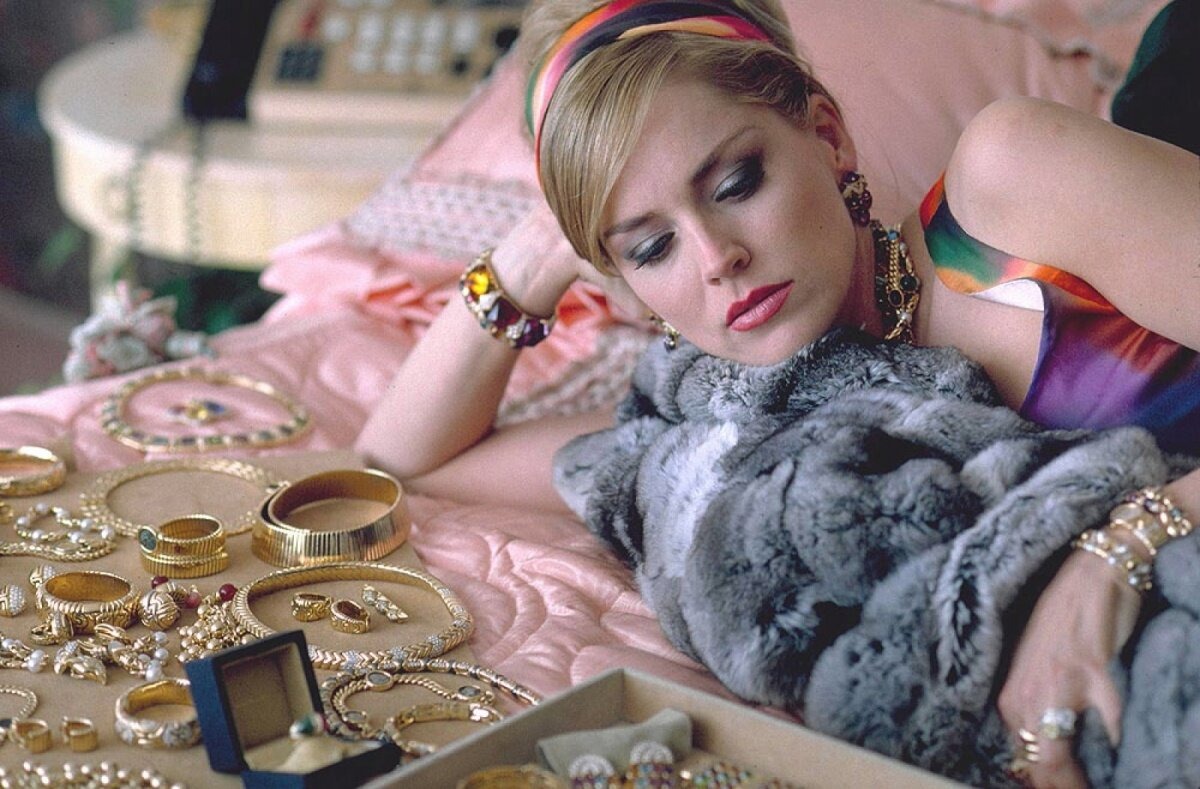My friend once said, “You don’t understand, these things cost too much because they’re conceptual,” and gave me a topic to think about that would last a few days. What is behind the terrible word “concept”, without which it seems impossible to do in the modern world? Why do brands see it as their duty to use this in an uncertain situation? So how do the “players” of the fashion industry make millions from this?
There are many questions but still no answers. Therefore, there are people who will be able to figure out absolutely everything, dot the i’s, etc. I decided to talk to someone. And this person was Vsevolod Cherepanov, founder of the Solutions 2.0 agency, and without snobbery, he explained what the concept is and why not a single brand can survive without it in the harsh world of fashion.
Behind the word “on paper” (read: theoretical) that many companies use just to attract buyers’ attention, there is actually a lot of hard work on the part of creative teams. And no, we’re not talking about brands that make basic t-shirts, add the word “conceptual” to them all, and put a few zeros on the price tag. The situation is a little different and today we propose to solve it together.
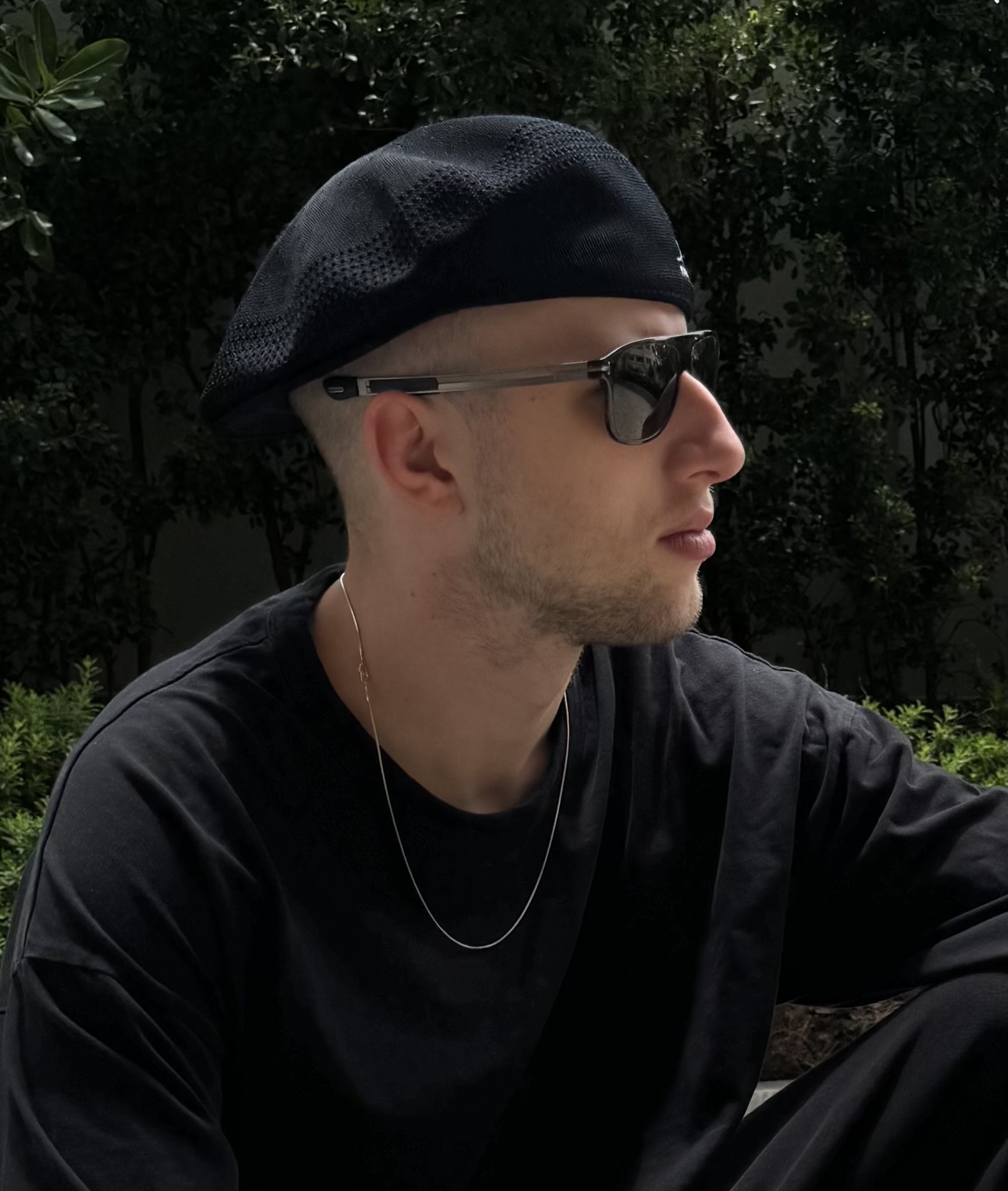
Vsevolod Cherepanov
To begin with, it’s important to understand that a brand concept is not just a set of ideas or a beautiful visual. This is a holistic perception of the brand, its values, its DNA, its unique characteristics. All work with the consumer is built around him: these are his emotions, associations and desire to choose this brand and not another. A brand without a conscious concept cannot have a solid foundation. Visuals alone may extend a brand’s existence for a while, but it’s a path to early collapse. The concept determines the vector and vital energy; Without it, the brand becomes an empty shell.
-
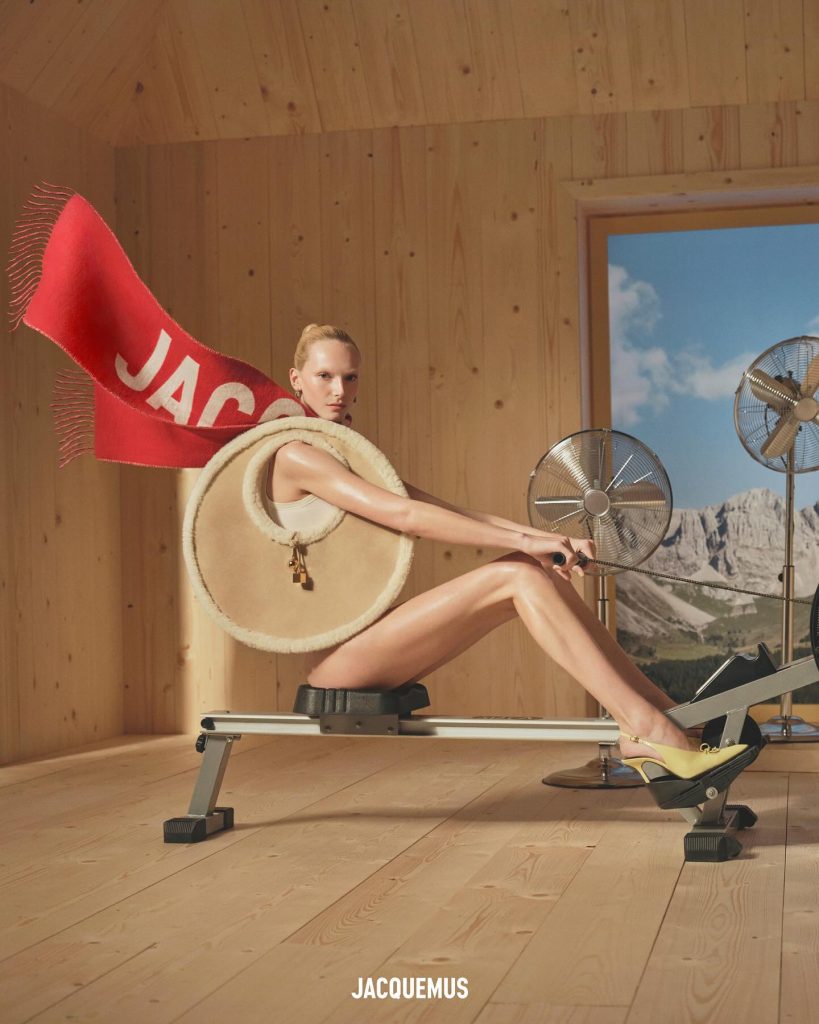
jacquemus -
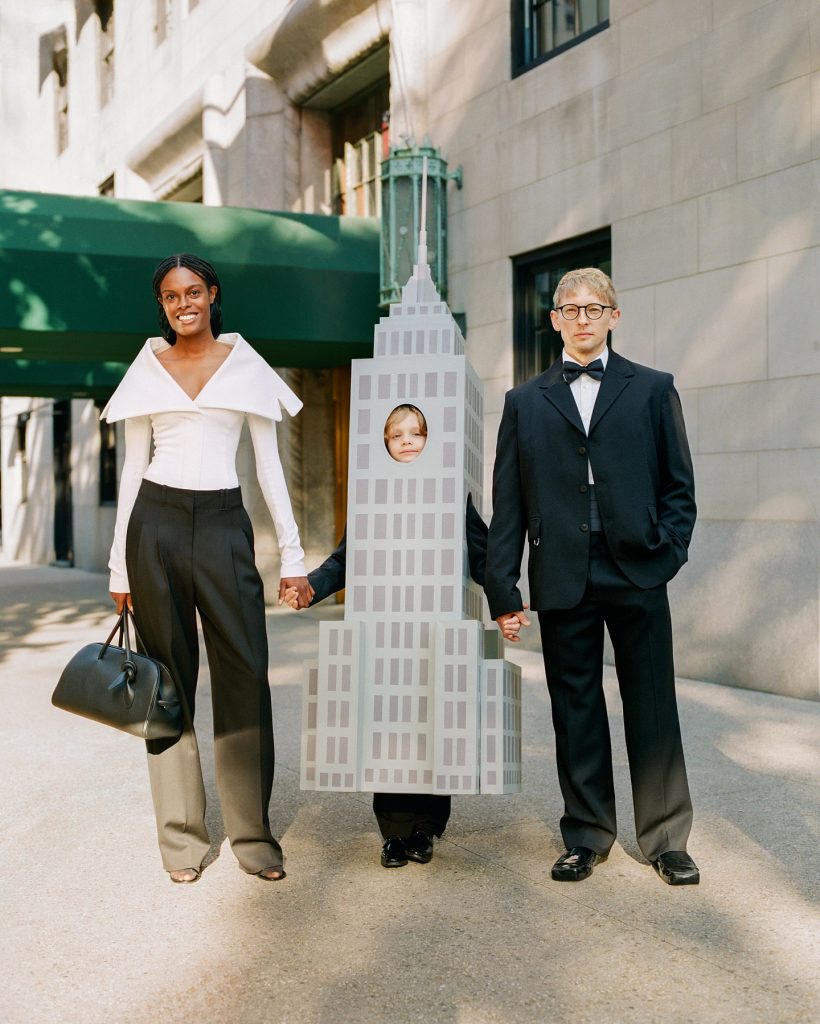
jacquemus -
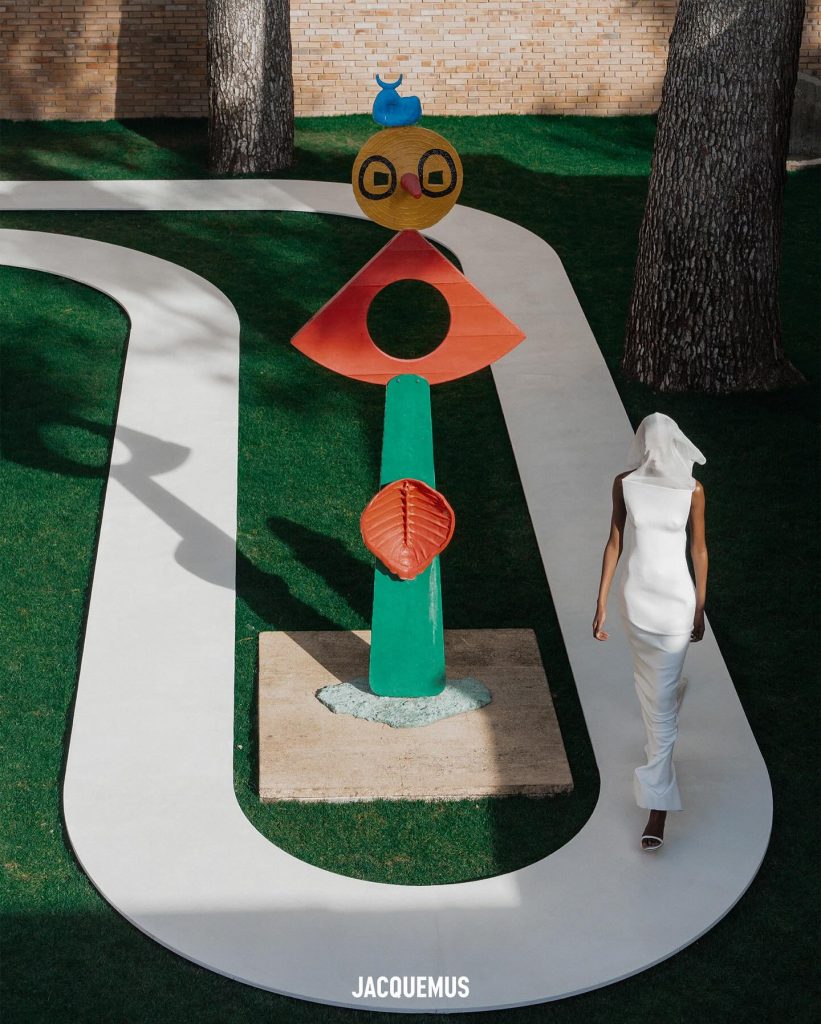
jacquemus
However, it is worth noting here that not everyone can competently build their way in the fashion market when launching a brand. There is a certain desire and vision of what the end result should be, but the methods to achieve it remain unclear. For this purpose, young brands are turning to full-cycle multifunctional agencies that actually focus on developing and implementing a brand concept.

For example, the Solution 2.0 team and I not only create a product, but we provide the entire process from idea to launch with full control of the production cycle. Brands order concept development, design, fabric production and the final product (be it clothing, accessories or something else) from such agencies. In other words, when customers want not only to produce products but also to create a strong brand that will be recognized and in demand, they turn to creative teams.
-

Gentle Monster -

Gentle Monster -
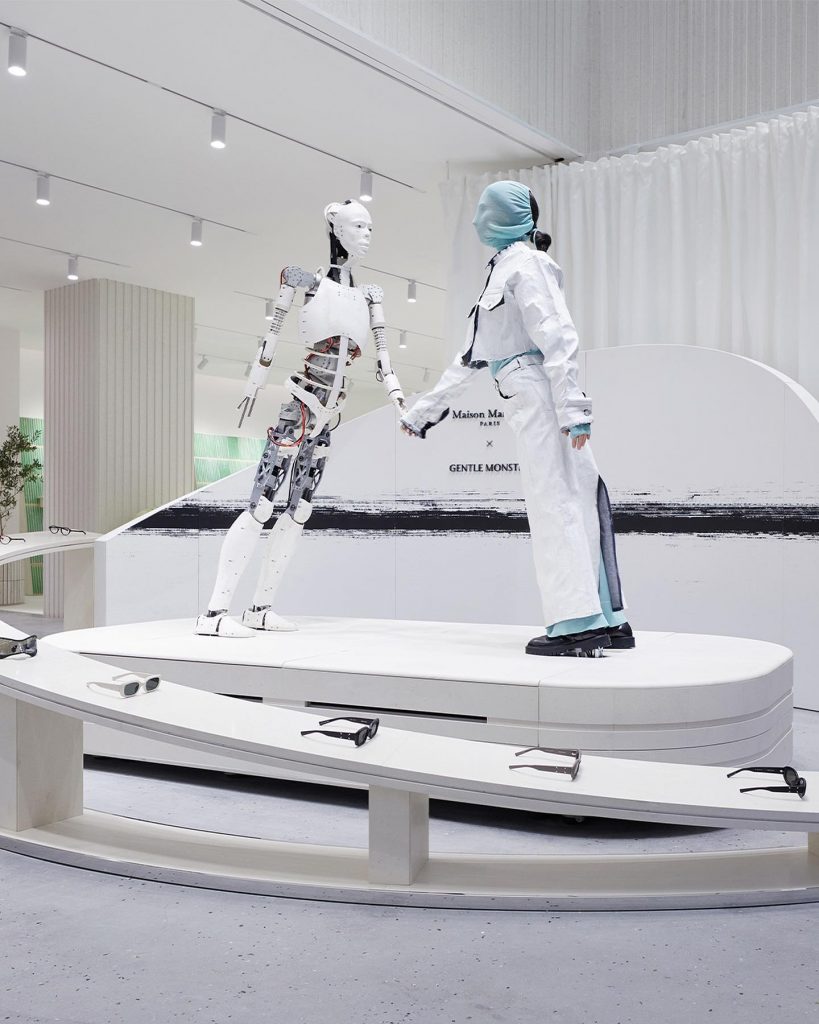
Gentle Monster
However, the following question comes to many people’s minds: Can a brand survive based solely on visuals, without having a strong concept? However, lately the saying “a beautiful picture sells” has become increasingly common. This is partly true. Theoretically, a brand could exist, but why? Without a well-thought-out concept, a project is doomed to a rapid death. A brand built solely on visuals lacks depth and substance, which attracts and holds the audience’s attention. I believe that this is a dead end, because sooner or later the consumer will have a question: What is behind this? It is important for the brand to answer this question honestly and thoughtfully.

It is also important to consider that the textile and fashion market is constantly changing almost every day. It’s evolving so fast that sometimes it’s hard to keep up. Technologies are constantly improving, and we have the opportunity to observe progress that literally does not stop for a moment. This requires flexibility, new ideas and the ability to adapt to new things. Those who manage to put all these little puzzles together are taking the helm and moving the industry forward. The rest follow them.
-
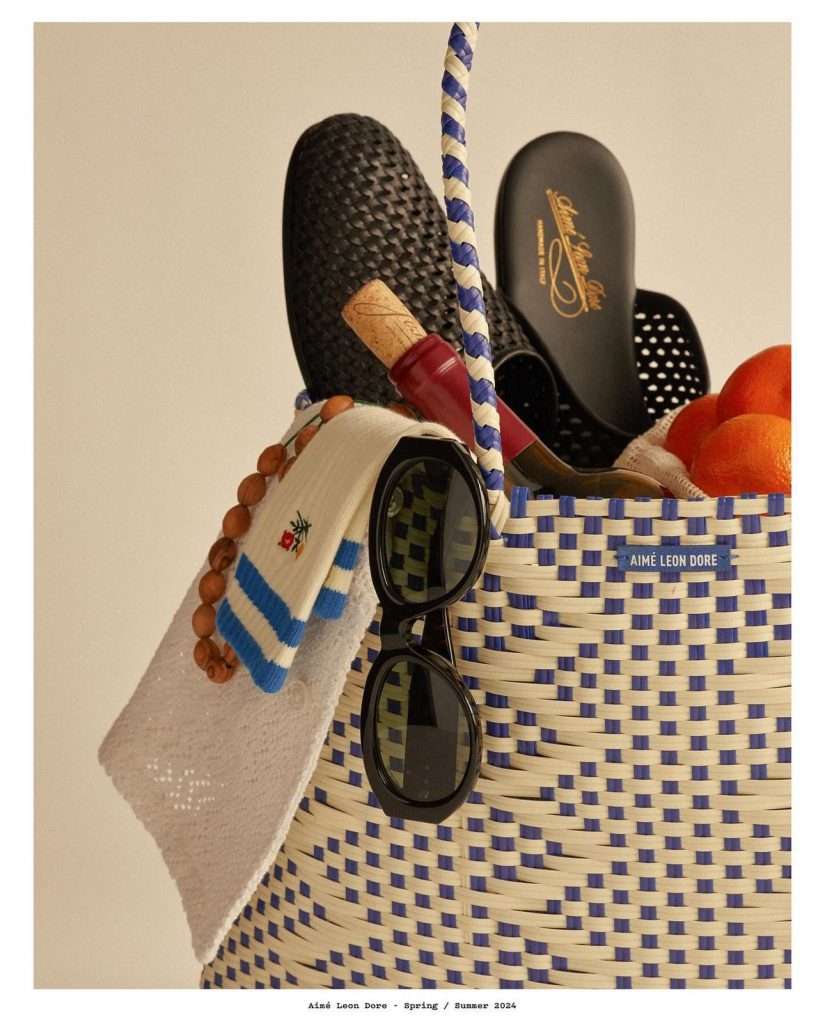
Aime Leon Dore -
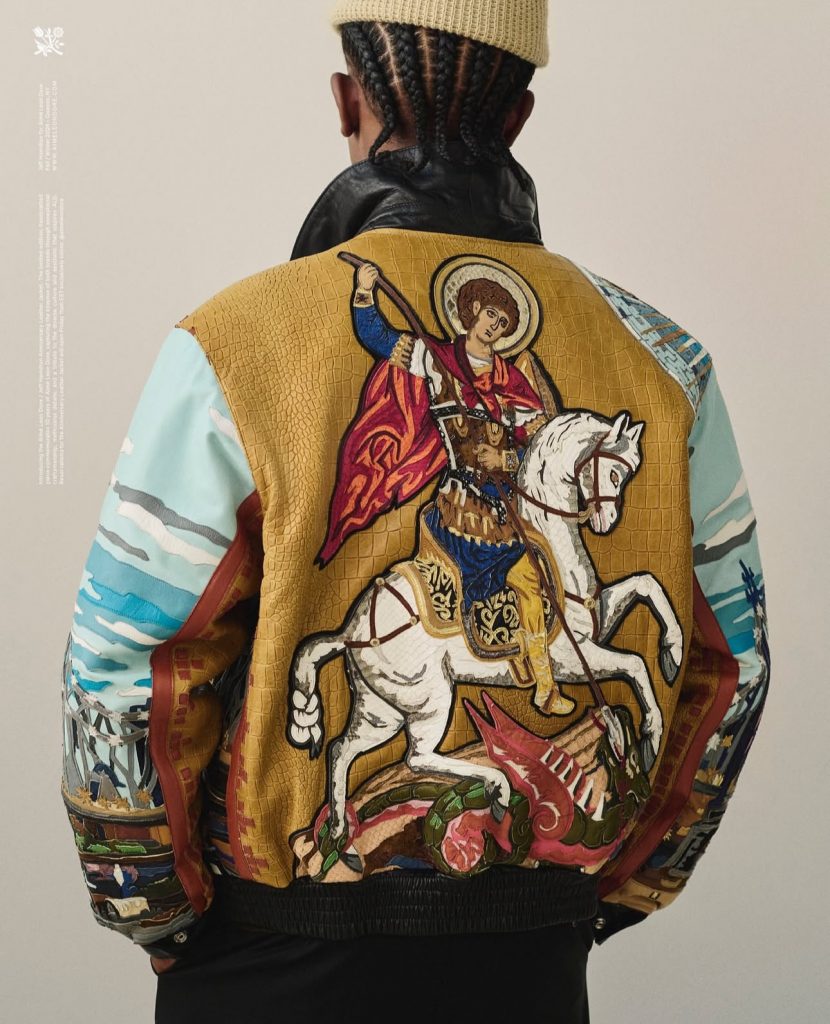
Aime Leon Dore -
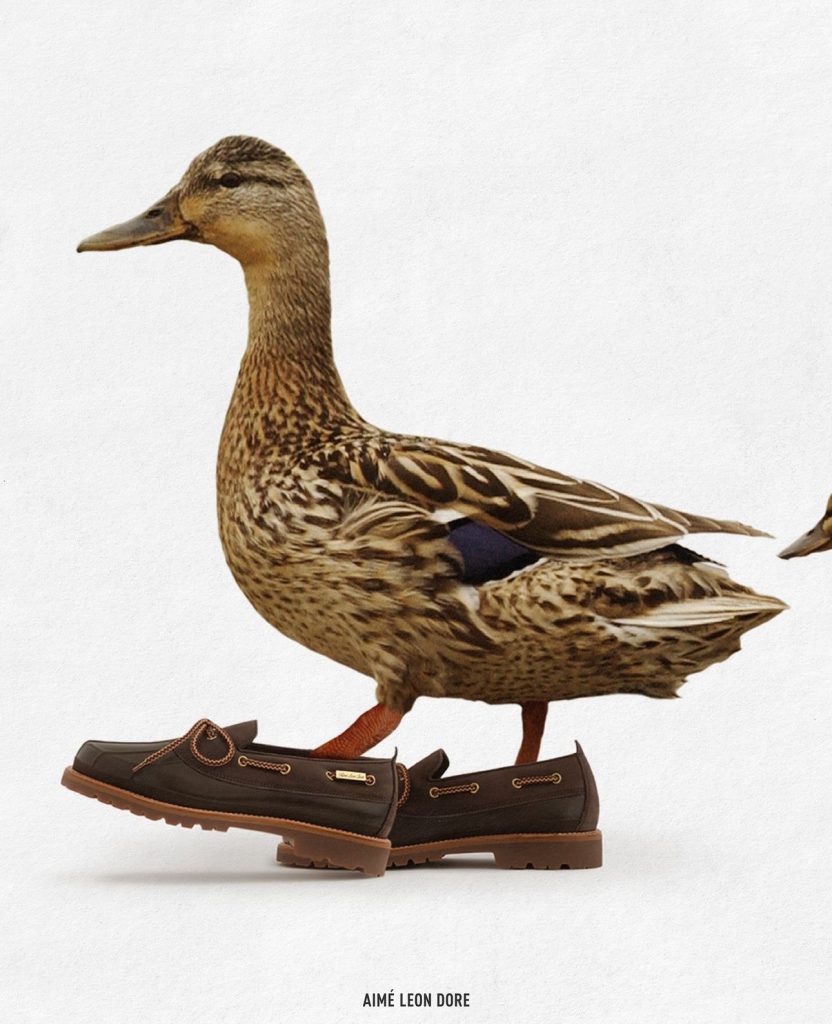
Aime Leon Dore
That is why the Gentle Monster brand is in such demand in the market. They have the ideal concept, positioning and design of the venues and work on social media. All the details work towards a single brand image and this is what makes it so successful. Or, for example, Aime Leon Dore: They invest in filming, store design and emphasize the uniqueness of their brand at every stage of interaction with the audience. Thanks to all these actions, the consumer feels like he belongs to the brand and a certain community. This is a type of marker that works on the principle of “friend or foe”. Despite the fact that fashion has become superficial in the broad concept of the word (hence all the “fluff” and aesthetics that operate on visuality rather than meaning), consumers still strive for something meaningful. It is “caught” many times better when there is something behind the beautiful facade that responds to the person on an emotional level.

The biggest mistake of brands and companies that want to develop in the fashion market is that they do not have a clear vision of the entire project. In simple words – “I want this, I don’t know what it is.” Many people focus only on certain pieces: a beautiful design or a trendy product, for example. But they also lose the big picture, failing to see the end goal and exactly how their brand should be perceived in the marketplace. To create a successful brand, you need to see the entire project, starting from the concept to all channels of interaction with the audience. For example, we work with those who understand that a brand is not just a product, but also a story, emotions and a unique idea that brings everything together. Without this set, the game may be lost before it even begins.
Source: People Talk
Elizabeth Cabrera is an author and journalist who writes for The Fashion Vibes. With a talent for staying up-to-date on the latest news and trends, Elizabeth is dedicated to delivering informative and engaging articles that keep readers informed on the latest developments.

